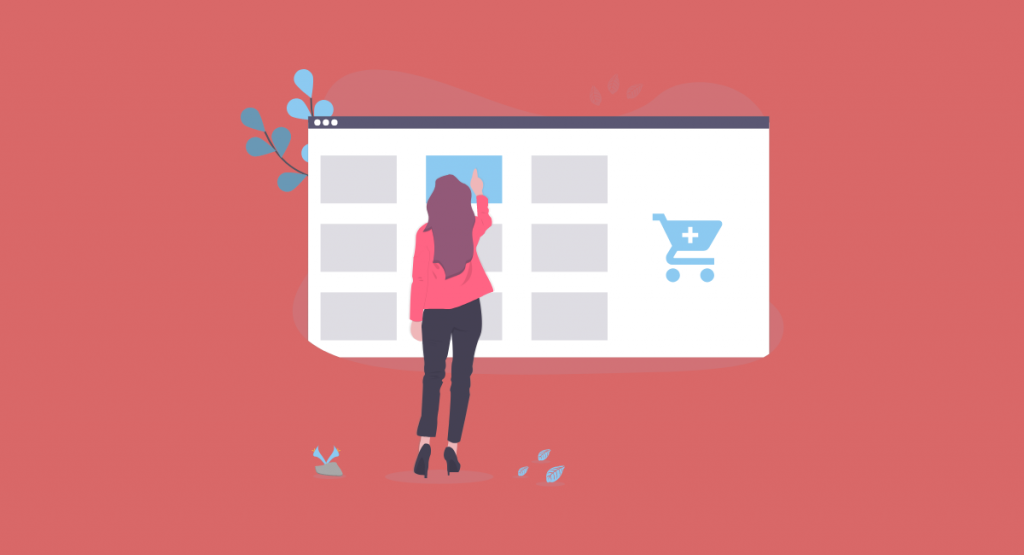Q&A with ecommerce solutions and service design expert Joni Kautto from Accolade
Accolade is a digital commerce service design and solution partner based in Helsinki, Finland and running an eCommerce incubator in Tenerife, Spain. Accolade helps B2C and B2B companies push the boundaries of global eCommerce.
Burt: Joni, what are the biggest trends or considerations in retail in 2017?
Joni: I would summarize this year’s two megatrends with two quotes by famous Americans. First one is “Artificial Intelligence First”, by Google and second “America First”, by Donald Trump
Burt: Ok, shall we first dig into Artificial Intelligence First?
Joni: There has been a number of interesting things bubbling under, but surely AI is THE Megatrend of 2017, and now it’s everywhere. Surely there’s a lot of hype around the term, but Google’s announcement of changing their primary mindset from Mobile-first to Artificial Intelligence-first is a major driver for merchants to really jump aboard the AI train.
Under the Artificial Intelligence umbrella, there are lots of interesting retail sub-trends, including cognitive commerce, ambient commerce & conversational commerce, etc, which try to define the strategies relating to how we actually use AI as retailers or marketers day today.
Burt: America First is probably familiar to people but what does that mean in this context?
Joni: The uncertainty and instability in the world after the US election is not going away anytime soon. Quite the opposite, in fact. It looks like things are getting more unpredictable, and you never know what the next Tweet will bring.
This uncertainty leads to mixed-up markets which have, of course, a direct effect on how consumers in the US, UK or Russia do their shopping, or people outside these countries doing their shopping within those markets.
Uncertainty raises discussions about security and privacy, all of which affects consumer behaviour.
For example, flushing of FCC privacy rules down the drain might not have direct serious effects on merchants’ lives, but discussion about privacy has made and is making consumers more mindful about privacy and security issues, and they are now more educated on the subject. Concrete examples of how this has changed the online landscape would include the increase in the use of Virtual Private Networks and Ad Blockers.
Burt: Based on your discussions with online merchants, what are the main pain points they are facing now?
Joni: No big news here in terms of primary pain; global competition is getting harder year by year. For example in Finland 50% of e-commerce purchases are already from abroad and that will keep on growing.
Another fact is that even though revenue from e-commerce is expected to grow, the number of new customers is slowing down. In Finland almost 80% of the population is already shopping online, saturation has been reached.
In terms of security and privacy; now that we’ve spent years on our BI and Analytics platforms and got our businesses to rely on customer Analytics to steer our decisions, Virtual Private Networks, which effectively disable location and cookie technologies, are starting to impact our capability to do basic tracking on consumer behaviour online.
2017 seems to be the year when Adblocker use finally reaches the level where it’s going to be taken into serious consideration, even in SMB retailers’ Marketing Strategies. Adblocker usage increased some 30% during last year, and predictions are that this year we’ll see it grow even further. This can be especially problematic with SMBs who have in the past successfully put their efforts into Facebook and Adwords advertising, but who may not be as competent or resourceful with less affected channels, for example Email Marketing or SEO.
Burt: And how does this translate to actionable development steps in for example eCommerce solutions?
Joni: Three things:
- Mitigation of Uncertainty
In every retail businesses strategy, trust, privacy and security considerations should be high on the list of things to spend time on this year.- Get your mobile shit together
Google’s Artificial Intelligence First mindset hasn’t ditched mobile, quite the opposite in fact. Mobile is actually in the center of it, with Google’s huge investments in voice search serving as a good example. As a new baby born from the AI and Mobile marriage is Google’s Mobile first indexing. I see this as a game changer in the sense that if you don’t go mobile you will die a horrible death.- Move your Ass
With this mixed-up market, keep going to places. Fast and agile retailers are able to take advantage of rising potential in new / changing markets and verticals, dodging threats, beating competition and pivoting where seen fit.Global eCommerce is really here for SMBs too. One of our incubatees from Estonia is selling scuba diving gear from Estonia to South Korea, and this has become their main market against all odds, just because they were brave enough to invest in the potential there based on constant experimentation with new markets and verticals.
Burt: And the role of IoT in all this?
Joni: As discussed, standing out in the competition is getting harder. Use of IoT in retail is still in its beginnings and there’s lots to be gained by those early adopter merchants in this area.
In retail’s future, IoT is one of the main channels for how AI based solutions are applied or controlled. Wearables, for example, are inevitable. And in AI based solutions that aim to understand and predict the intent of users, the need for simplest and most intuitive user interfaces is needed to confirm the intent.
Voice will surely have a major role in this, but as we know, there are a whole lot of situations where voice is not a feasible / preferred option; therefore we would need supportive user interfaces for voice. And here comes them buttons.
While machines are becoming smarter and increasingly predictive in terms of understanding our intent, we need the simplest possible user interfaces in order to feed back to the machines whether they are on the right track or not.
And this isn’t just fancy schmancy future stuff. We can do it today, and it makes sense.
We can already order 1 bottle of milk with Bttn placed in our kitchen. And next we want to learn what your milk consumption rate is (and maybe fancy scan your fridge in the future) and notify you that “you will run out of milk and cheese tomorrow, would you like to fill up your fridge”. Give 1 click for no, and 2 clicks for yes.
A major part of the dialogue we already have on the web these days is based on two options. Yes or No. Ok or Cancel.
So when AI starts to take over in terms of predicting our needs and decisions, our role in retail will change more towards giving feedback to the machines.
I love the illustration from the Classic HCI bible from 1984: The Psychology of Human-Computer Interaction. Bttn had a notable product placement.
Burt: Now we’re getting to business. How have merchants welcomed connected hardware buttons?
Joni: Still too cautiously, though the early adopters already see buttons strengthening their subscription models. They offer buttons to THEIR early adopters, loyal customers and fans of the brand with great results.
Burt: Any tips you can share with online merchants, what’s there to consider when considering the use of bttns for example?
Joni: Experiment. People love buttons. Your colleagues and your employees love buttons. Spread the buttons and let the ideas fly. Start with simple use cases. In eCommerce, subscriptions and repeat orders through buttons surely is a winner, but don’t let that stop you there. The PR value is still great, and as an early-ish adopter you can still make your business go viral by introducing simple, smart or funny ways to implement IoT in your business.
They have made it very easy to start experimenting, for example by using and creating Bttn Ifttt applets. Pretty much the only limit on what you can do is your imagination. If you are running any major eCommerce platforms, Magento, Shopify or Woocommerce, we’ve got your back with our Bttn modules.
Burt: Any final words?
Joni: The average e-commerce conversion rate – the percentage of shoppers that buy in a given visit – is 1-5%, while the average for brick and mortar stores is 17%. Well, why wouldn’t you offer your customers a user interface that can be sent to their homes, and get a 100% conversion rate as well as multiple orders? Press the button for more milk.
Burt: Thanks Joni, it was a pleasure.


